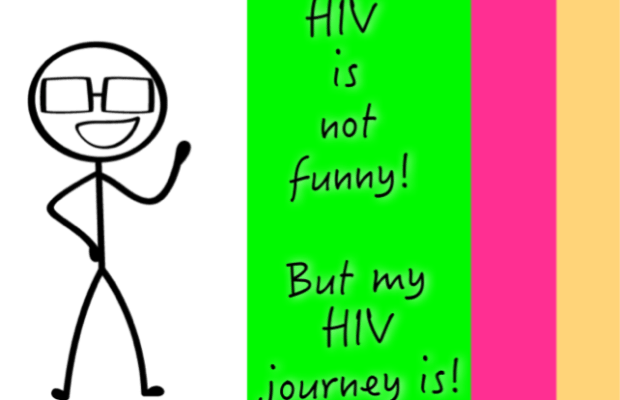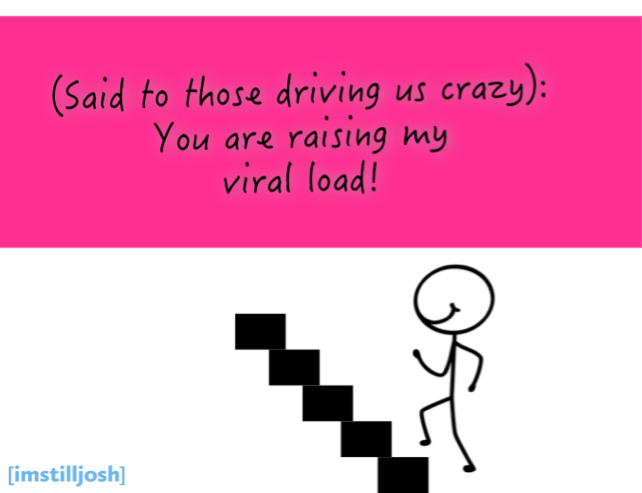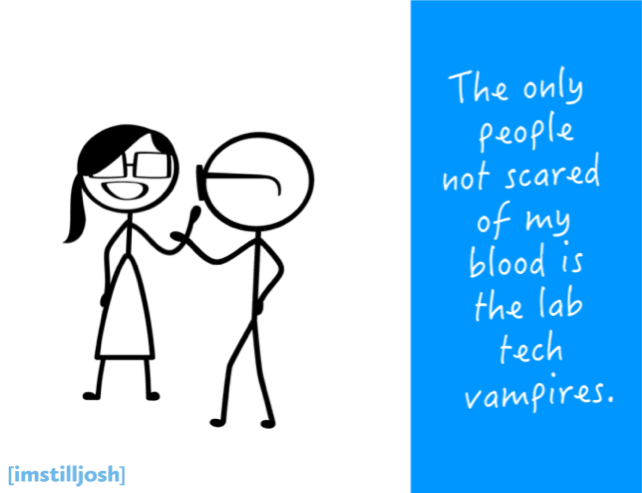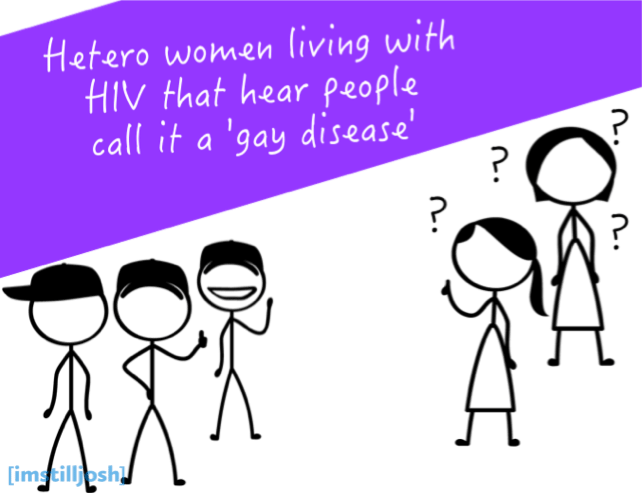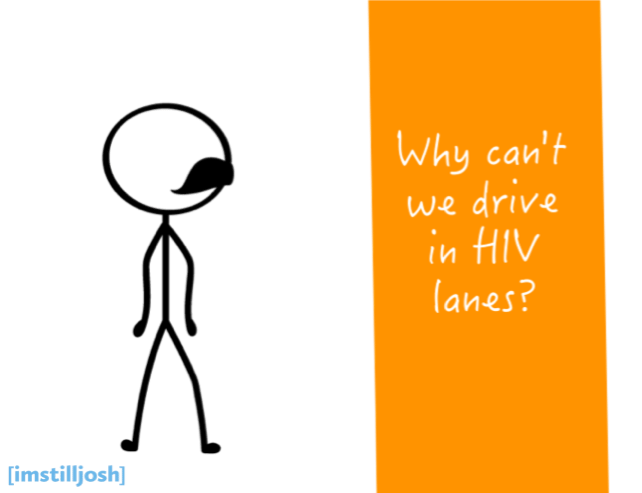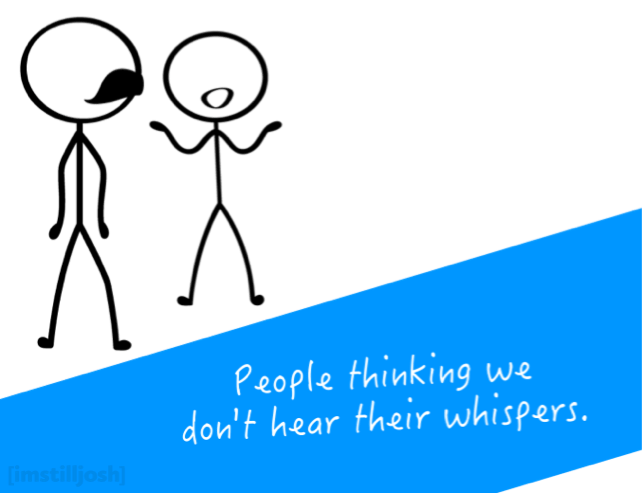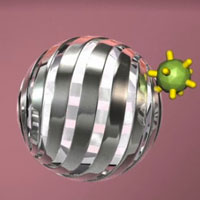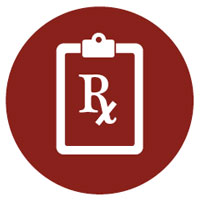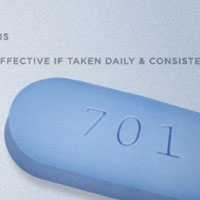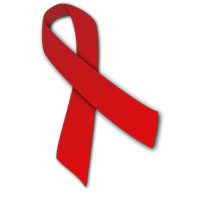As HIV pre-exposure prophylaxis (PrEP) and treatment as
prevention grabbed the headlines at the 8th International AIDS Society
Conference on HIV Pathogenesis, Treatment and Prevention in Vancouver, a
session on “ART: New Drugs and New Strategies” did not fill the
auditorium to capacity as similar sessions often have in the past.
Nevertheless, the session did provide some promising news about novel
HIV drugs coming through the pipeline for people with HIV, a new
version of an existing drug that improves safety without compromising
effectiveness, and a potential new use for an existing medication.
HIV Maturation Inhibitor BMS-955176

Carey Hwang, MD, PhD
Carey Hwang, MD, PhD from Bristol-Myers Squibb gave a presentation
about the company’s experimental HIV drug known as BMS-955176, showing
that it suppresses viral load as effectively as commonly used
antiretroviral drugs already on the market (
abstract TUAB0106LB).
BMS-955176 is a maturation inhibitor—the drug prevents HIV from
producing complex “polyproteins” that are cut up by protease enzymes and
assembled into new virus particles. If approved, BMS-955176 would be
the first HIV medication to work by preventing virus assembly,
maturation, and release from infected cells. BMS-955176, in combination
with a protease inhibitor, could potentially be a new option for people
who cannot tolerate or are resistant to nucleoside or nucleotide reverse
transcriptase inhibitors (NRTIs).
Hwang’s team conducted a small Phase 2a study of BMS-955176 used in
combination with the HIV protease inhibitor atazanavir (Reyataz). This
study enrolled 28 HIV-positive adults who were randomly assigned to take
BMS-955176 at oral doses of either 40 or 80 mg once daily plus boosted
or unboosted atazanavir for 28 days. A control group received standard
treatment using tenofovir/emtricitabine (Truvada) plus boosted
atazanavir.
BMS-955176 has a long half-life in the body, so participants were
able to take a dose once per day. BMS-955176 worked well to prevent
viral replication—HIV RNA fell rapidly in all treatment arms. On the day
after the last dose, maximum viral load reductions were similar in the
three BMS-955176 arms (-1.86 to -2.23 log) and in the Truvada arm (-2.22
log).
Short-term treatment with BMS-955176 was safe and well tolerated,
with no serious adverse events or study discontinuations for this
reason. A majority of people who used boosted atazanavir experienced
bilirubin elevations (a known atazanavir side effect), but this occurred
in just two people using BMS-955176 with unboosted atazanavir.
Bristol-Myers Squibb announced that a pair of Phase 2b studies of
BMS-955176 have started this year, one for previously untreated people
and the other exploring a NRTI- and booster-sparing regimen for
treatment-experienced people. If the drug’s safety and effectiveness are
confirmed in larger studies, BMS-955176 could become an important
treatment option for people who have developed extensive resistance to
existing HIV drugs.
New NNRTI Doravirine
Another study showed that doravirine, Merck’s next-generation
non-nucleoside reverse transcriptase inhibitor (NNRTI), was as effective
as the older NNRTI efavirenz (Sustiva) for suppressing HIV, but
produced less drug-related side effects.
NNRTIs are generally effective, easy to use, and well-suited for
people starting HIV treatment for the first time. But efavirenz often
causes central nervous system side effects such as dizziness and
abnormal dreams—one reason it is no longer recommended for first-line
ART in current treatment guidelines.

José Gatell, MD, PhD
José Gatell, MD, PhD from the University of Barcelona reported the
latest results from an ongoing study comparing doravirine to efavirenz,
both taken once daily, for previously untreated people with HIV (
abstract TUAB0104).
Gatell reported findings from an analysis of participants who were
randomly assigned to take either 100 mg of doravirine or efavirenz, both
with Truvada, for 48 weeks.
Overall treatment response rates were comparable in the two groups,
with 73% of people taking doravirine and 72% of those taking efavirenz
having viral loads below 40 copies/ml at 24 weeks, and 89% and 87%,
respectively, being below 200 copies. CD4 cell gains were also similar
(154 and 146 cells/mm
3).
Looking at response rates according to pre-treatment viral levels,
more than 90% of people taking either drug had HIV RNA below 200 copies
at week 24 regardless of whether they started with a low or high viral
load. But people who started with a high level were less likely to fall
below the 40-copy limit. Gatell noted that viral load was still falling
at week 24, suggesting that those with higher virus levels probably had
not yet had enough time to get below the lower threshold.
Turning to safety and tolerability, people taking doravirine were
less than half as likely to stop treatment for any reason, with the
difference mainly due to a higher drop-out rate due to adverse events in
the efavirenz group (0.9% vs 5.6%).
Fewer people taking doravirine reported neuro-psychiatric side
effects compared with those taking efavirenz, with the most common being
dizziness (9% vs 28%), abnormal dreams (7% vs 18%), and nightmares (7%
vs 8%). Depression was half as common among doravirine recipients (3% vs
6%), but the numbers were small.
A larger Phase 3 study of doravirine is now underway, according to Gatell.
Switching from TDF to TAF
Gilead Sciences’ tenofovir disoproxil fumarate or TDF (Viread) is one
of the most widely used antiretroviral medications. It is a component
of Truvada—used for both HIV treatment and PrEP—and the single-tablet
regimens Atripla, Complera, and Stribild. While it is generally
considered safe and well tolerated, it can cause bone loss soon after
starting treatment and leads to kidney problems in susceptible people.
TAF is a new “pro-drug” that delivers the active agent (tenofovir
diphosphate) to cells more efficiently, which means people can take much
lower doses and will have lower drug concentrations in their blood and
for their kidneys, bones, and other organs and tissues.
Two Phase 3 trials,
presented at this year’s Conference on Retroviruses and Opportunistic Infections,
showed that TAF is as effective as TDF for previously untreated people,
but it has less detrimental effects on the kidneys and bones compared
with the current version.

Tony Mills, MD
At the IAS conference Tony Mills, MD from the Southern California
Men’s Medical Group in Los Angeles presented findings from another Phase
3 study looking at treatment-experienced people who switched from the
old to the new tenofovir formulation (
abstract TUAB0102).
This study included 1,436 HIV-positive people with normal kidney
function who had undetectable viral load using TDF-containing ART
regimens (Stribild, Atripla, or boosted atazanavir plus Truvada).
Participants were randomly assigned to either remain on their current
regimen or switch to a new single-tablet regimen containing TAF,
emtricitabine, elvitegravir, and cobicistat—basically a new version of
Stribild with TAF instead of TDF.
At study entry the participants had an estimated glomerular
filtration rate (eGFR) —a measure of kidney function—of 107 ml/min
(above 90 is generally considered normal) and about 10% had mild or
moderate proteinuria (protein in the urine).
Both treatment regimens were highly effective. After 48 weeks, 97% of
people who switched to TAF and 93% who stayed on their existing regimen
had undetectable viral load—a significant difference in favor of TAF.
Overall safety and tolerability were good in both treatment groups,
with few people stopping therapy due to adverse events (0.9% in the TAF
group and 2.5% in the TDF group). While most types of side effects and
laboratory abnormalities were similar in both groups, there were some
notable differences related to kidney function and bone health.
People who switched to TAF experienced improvements in kidney
function markers while those who stayed on TDF worsened. Spine and hip
bone mineral density (BMD) rose in the TAF arm and fell among those who
stayed on TDF. People who switched to TAF also saw significant
improvements in osteopenia or osteoporosis.
Particularly for women and others at risk for bone loss, or for
people at risk for kidney function problems, “TAF provides a great new
option,” Mills said.
In a related report, Samir Gupta, MD from Indiana University
presented findings from an ongoing Phase 3 study of TAF in people with
pre-existing mild or moderate kidney function impairment (
abstract TUAB0103).
This analysis included 242 people with stable viral suppression.
About 80% were men, about 18% were black, and the median age was 58
years. Many had kidney disease risk factors including high blood
pressure and diabetes. At study entry they had mild to moderate kidney
impairment with eGFR ranging from 30 to 69 ml/min.
In this open-label study participants switched from existing
regimens—which could contain TDF or not—to the same TAF single-tablet
regimen used in the previous study; pre-switch, 65% were taking
TDF-containing regimens.
Among people who switched from TDF-containing regimens to TAF, there
were significant—and sometimes large—improvements in the various
measures of proteinuria (high levels of protein in the urine). The
proportion of participants with clinically meaningful proteinuria fell
from 47% to 13%. But changes were small and not statistically
significant for those who switched from non-TDF regimens to TAF.
Again, people who switched from TDF-containing regimens to TAF saw
significant increases in average spine (+2.95%) and hip (+1.85%) bone
density at 48 weeks. But there were no significant changes among those
switching from non-TDF combinations.
“These 48 week data support the renal [kidney] and bone safety of
once-daily, single-tablet [TAF coformulation] for adults with HIV and
renal impairment,” the researchers concluded.
Based on favorable study findings, Gilead has asked the Food and Drug
Administration (FDA) to approve this new TAF version of Stribild, with a
decision expected by November. The company has also requested approval
of a TAF dual coformulation that would replace Truvada, and it is
developing two other single-tablet TAF regimens, one containing
rilpivirine (Edurant) and the other darunavir (Prezista). Stand-alone
TAF is also being developed as a treatment for hepatitis B.
Raltegravir During Pregnancy
Another report during this session showed that combination ART
containing the integrase inhibitor raltegravir (Isentress) may be an
attractive option for treatment of pregnant women with HIV—and
potentially their infants—to prevent mother-to-child HIV transmission.
It is well known that giving antiretrovirals to pregnant women and
newborn infants can dramatically reduce the risk of HIV transmission.
Older drugs such as zidovudine (AZT or Retrovir), nevirapine (Viramune),
and lopinavir/ritonavir (Kaletra) have the most data about use during
pregnancy, but newer drugs may be better tolerated and easier to take.

Fatima Kakkar, MD, MPH
Fatima Kakkar, MD, MPH from the University of Montreal presenting
findings from a case series of infants born to mothers treated with
raltegravir during pregnancy (
abstract TUAB0105).
Current treatment guidelines generally recommend that pregnant women
should receive the same type of combination ART as other adults with
HIV, but U.S. guidelines consider raltegravir an “alternative” option
because less is known about its use during pregnancy. Raltegravir is
listed as
FDA pregnancy category C,
meaning data from animal studies suggests it may have an adverse effect
on the fetus (in one study exposed rabbits grew extra ribs) but there
have not been adequate studies done in humans.
However, raltegravir has been used in exceptional cases to prevent
mother-to-child-transmission, Kakkar said. It may be particularly
beneficial for women with HIV who present late during pregnancy and who
need to quickly bring down their viral load before delivery, or for
women who experience treatment failure during pregnancy or have
drug-resistant virus.
This analysis included 18 women in Montreal who gave birth between
2010 and 2015. They received raltegravir during pregnancy at the usual
dose of 400 mg twice daily as part of a combination ART regimen.
Indications for using raltegravir included viral load above 1,000 copies
during the third trimester despite treatment (seven women), late
initiation of ART during pregnancy (seven women), and drug resistance
(six women).
Most women began taking raltegravir after the first trimester.
(During the first trimester the risk of harm to the fetus is greatest.)
But some started raltegravir before conception and the latest did not do
so until 40 weeks of gestation. Of the 18 women in the study, 14
achieved undetectable viral load after starting raltegravir, but four
still had detectable viral levels at the time of delivery.
None of the infants born to these high-risk mothers were infected
with HIV. (In comparison, rates of infection among babies born to
late-presenting and untreated mothers range from about 4% to 9%.).
Infants were born at a mean gestational age of 38 weeks and had a
normal average birth weight of 3.1 kg (about 7 lb). APGAR scores,
length, and head circumference were comparable to those of infants
exposed to Kaletra or boosted atazanavir during pregnancy. None of the
infants born to women on raltegravir at the time of conception had
congenital anomalies or birth defects.
The study also looked at two infants who received raltegravir
prophylaxis themselves soon after birth. One of these infants was born
to a mother with detectable viral load during the third trimester, a
history of poor adherence, and resistance to NRTIs, NNRTIs and protease
inhibitors. The other was born to a woman who refused ART during
pregnancy, had high viral load at delivery, and also had a history of
non-adherence and multidrug resistance.
Neither of these extra high-risk infants was infected with HIV, as
confirmed by HIV RNA and DNA testing through four months. Raltegravir
was well tolerated and neither baby experienced adverse events or
laboratory abnormalities.
“Raltegravir in pregnancy may have a role to play in prevention of
mother-child transmission in high-risk situations,” the researchers
concluded. “However—if this strategy is to be used, until further
pharmacokinetic and toxicity data becomes available, careful monitoring
during pregnancy, therapeutic drug monitoring during treatment of
newborns, [and] long-term follow-up of exposed infants is necessary.”
Liz Highleyman is a freelance medical writer and editor-in-chief of HIVandHepatitis.com.
Find more articles here: http://betablog.org








